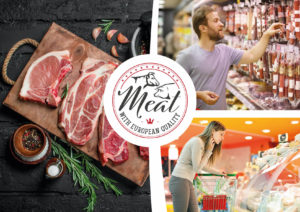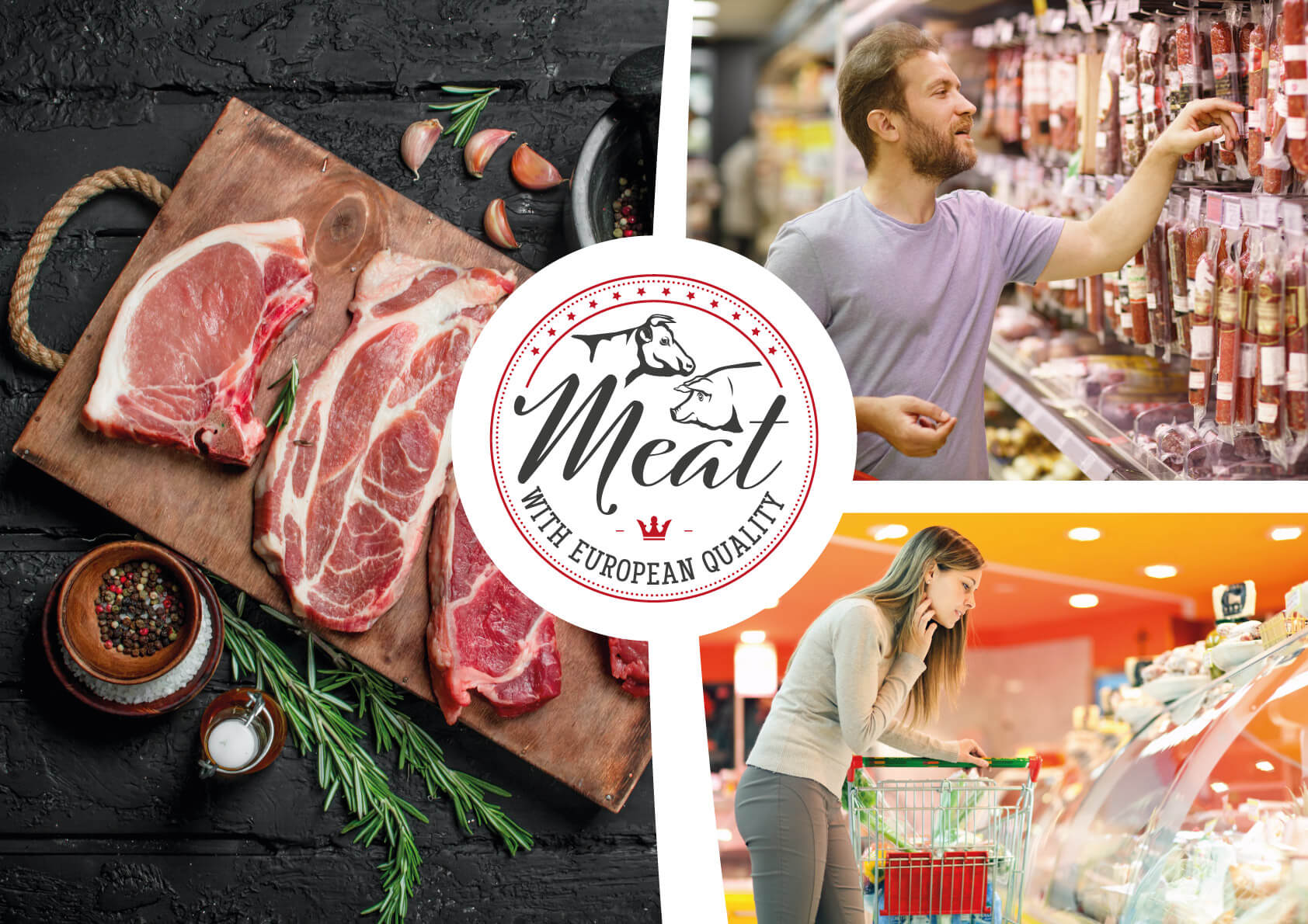Increasing consumer awareness and availability of meat products means that more and more emphasis is being placed on the quality of meat products available for sale. This makes it necessary to constantly improve the quality of products of animal origin. All these aspects must be met in order to satisfy the needs of the market and at the same time not to cause a sudden increase in product prices. Producers have to meet both quality and food safety requirements. Products are also expected to have functional and health promoting properties[1], and quality in the broadest sense is one of the main criteria taken into account when purchasing meat[2].
Local products and short supply chains
Consumer surveys show that interest in buying and consuming locally produced products is growing in popularity. The increasing importance of geocentric shopping is noticeable. A large proportion of those who consume animal products identify with ethical purchasing practices and express a preference to buy locally sourced products[3]. This is supported by the policies of the European Union which, through various programmes and funding, encourage the development of local food markets[4]. European processors benefit from this trend because they are always transparently communicating the place of origin of meat products. Short food supply chains are chains involving a limited number of economic entities engaged in cooperation, local economic development and the maintenance of close geographical and social relations between food producers, processors and consumers[5]. The European Agricultural Fund co-finances this type of action, which has led in recent years to an increase in the number of producers who sell their products directly to consumers, reducing the number of intermediaries[6]. EU-wide research has shown that four out of five Europeans consider the empowerment of the farmer position in the supply chain to be very important[7].
Proper lifestyle, diet, environmental protection and convenience food
The main consumer trend is to focus on proper lifestyle and well-being. Because of the pandemic, many people began modifying their diet to improve their physical and mental condition[8]. This, in turn, increases interest in food of known origin and composition[9]. The COVID-19 pandemic has sparked a surge in the number of people wanting to live a recommended lifestyle, with almost half of consumers (49%) who took part in a recent EIT Food and Aarhus University consumer attitudes survey saying that taking care of their health will be more important to them after COVID-19. European processors are therefore innovating in terms of simplifying compositions and reducing undesirable ingredients in products[10]. Another noticeable trend is the growing preference for choosing sustainable packaging. More than a third of European consumers said they were more likely to buy pre-packaged goods due to hygiene concerns as a result of COVID-19, and 29% more people are looking for biodegradable or recyclable food packaging[11]. Such packaging can be used to store snacks with a good composition, such as kabanosy. The popularity of snacks of this type is growing, thanks to the development of convenience sales channels.
Traceability of supplies
Traceability and transparency will become crucial to consumers’ purchasing decisions and the expectations of products in terms of health, working conditions, human rights, animal welfare and sustainability will continue to grow[12]. European processors are currently testing a number of tracebility systems to ensure transparency in the supply chain[13]. This is particularly important in view of the growing e-commerce channel which, with regards to the EU food, grew by as much as 31% in 2020[14].

- [1] https://www.researchgate.net/publication/225090314_Nowe_trendy_w_przetworstwie_miesa_wieprzowego_a_preferencje_konsumenckie_New_trends_in_pork_and_pork_products_processing_in_relation_to_consumer_preferences
- [2] https://www.provisioneronline.com/articles/106613-consumers-consider-a-range-of-attributes-in-their-meat-purchasing
- [3] https://www.foodnavigator.com/Article/2018/11/14/Local-brands-are-winning-hearts-and-minds-Rising-demand-for-local-food-in-Europe#
- [4] https://keep.eu/projects/24606/Local-Development-and-Cross-EN/
- [5] https://eur–lex-europa-eu.translate.goog/legal-content/EN/TXT/?uri=celex:32013R1305&_x_tr_sl=en&_x_tr_tl=pl&_x_tr_hl=pl&_x_tr_pto=nui,sc
- [6] https://www.europarl.europa.eu/RegData/etudes/BRIE/2016/586650/EPRS_BRI%282016%29586650_EN.pdf?_x_tr_sl=en&_x_tr_tl=pl&_x_tr_hl=pl&_x_tr_pto=nui,sc
- [7] https://europa.eu/eurobarometer/surveys/detail/2087
- [8] https://www.eitfood.eu/news/post/eit-food-report-reveals-lasting-impact-of-covid-19-pandemic-on-european-food-behaviours
- [9] https://www.ncbi.nlm.nih.gov/pmc/articles/PMC2935122/
- [10] https://www.eitfood.eu/blog/post/the-top-5-trends-for-the-agrifood-industry-in-2021
- [11] https://www.eitfood.eu/news/post/eit-food-report-reveals-lasting-impact-of-covid-19-pandemic-on-european-food-behaviours
- [12] https://www.eitfood.eu/blog/post/the-top-5-trends-for-the-agrifood-industry-in-2021
- [13] https://www.danishcrown.com/media/6892/2019-2020_sustainabilitity-report.pdf
- [14] https://www.forrester.com/press-newsroom/e-commerce-in-western-europe-saw-record-31-growth/
